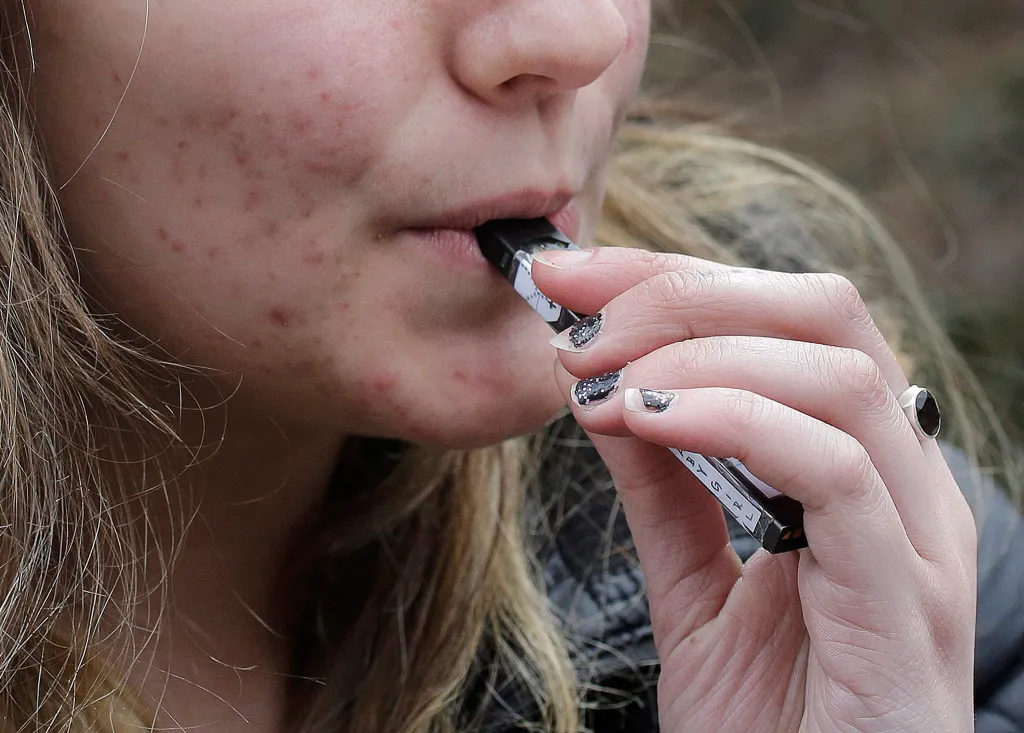Copyright The Boston Herald

The latest Lancet Global Burden of Disease report makes it abundantly clear: young adults are suffering a rising tide of untimely deaths related to mental health, overdose, suicide, preventable chronic diseases, and violence, even while global death rates decline overall for this group. Turn on the TV and you’ll get a different sense of the most pressing problems for youths, namely, vaping. There’s a saying in military circles, “mind the alligator closest to the boat,” and U.S. politicians desperately need to get a handle on the most pressing issues for young people. The report shows that across North America, deaths among teenagers and young adults have increased significantly since 2011. Worldwide, anxiety disorders have increased by 63% and depression by 26% in recent years. Meantime, chronic diseases tied to lifestyle factors, including diabetes, kidney disease, heart disease and stroke are rising among younger populations. Researchers estimate that almost two-thirds of the global disease burden is now due to non-communicable diseases. Half of all deaths and disabilities worldwide could be prevented by addressing factors like obesity, high blood sugar and tobacco use. Despite this evidence, lawmakers continue to fixate on nicotine and vaping. State legislatures made moves in 2025 to limit or restrict these products for adults and future generations. Youth protection is always the stated reason, and it’s an understandable motive, but ignorant of the most pressing drivers of youth mortality. Would-be regulators are often responding to coordinated campaigns by activists and parents operating on faulty premises or dated myths. For starters, smoking has never been less of a problem than it is today, and that’s according to the CDC’s latest data on youth tobacco use. Adult smoking rates are also at their lowest level in 75 years. Still, a majority of Americans wrongly associate nicotine with cancer caused by smoking. Then there’s the worry that vaping leads teenagers toward conventional smoking, which is also not supported by evidence. Research systematically refutes the “gateway” myth. Many factors combine to drive youth behavior, including anxiety, depression, economic circumstances, family history and peer-group pressure. Public officials should take these findings seriously and prioritize a strengthening of mental health services, addiction treatment and public health campaigns targeting the true drivers of the current youth mortality crisis. Attention spent on advancing restrictive vaping bans for adults (youth vaping is already banned) diverts time and resources away from the drivers of this spike in youth mortality. Preventing youth vaping is crucial and is being achieved to a significant extent. That said, we shouldn’t lose sight of the bigger picture: young people worldwide are seeing their life expectancy decrease or remain static compared to older generations, and the reasons are many, but vaping isn’t one of them. Michael Landl is the director of the World Vapers’ Alliance/InsideSources



